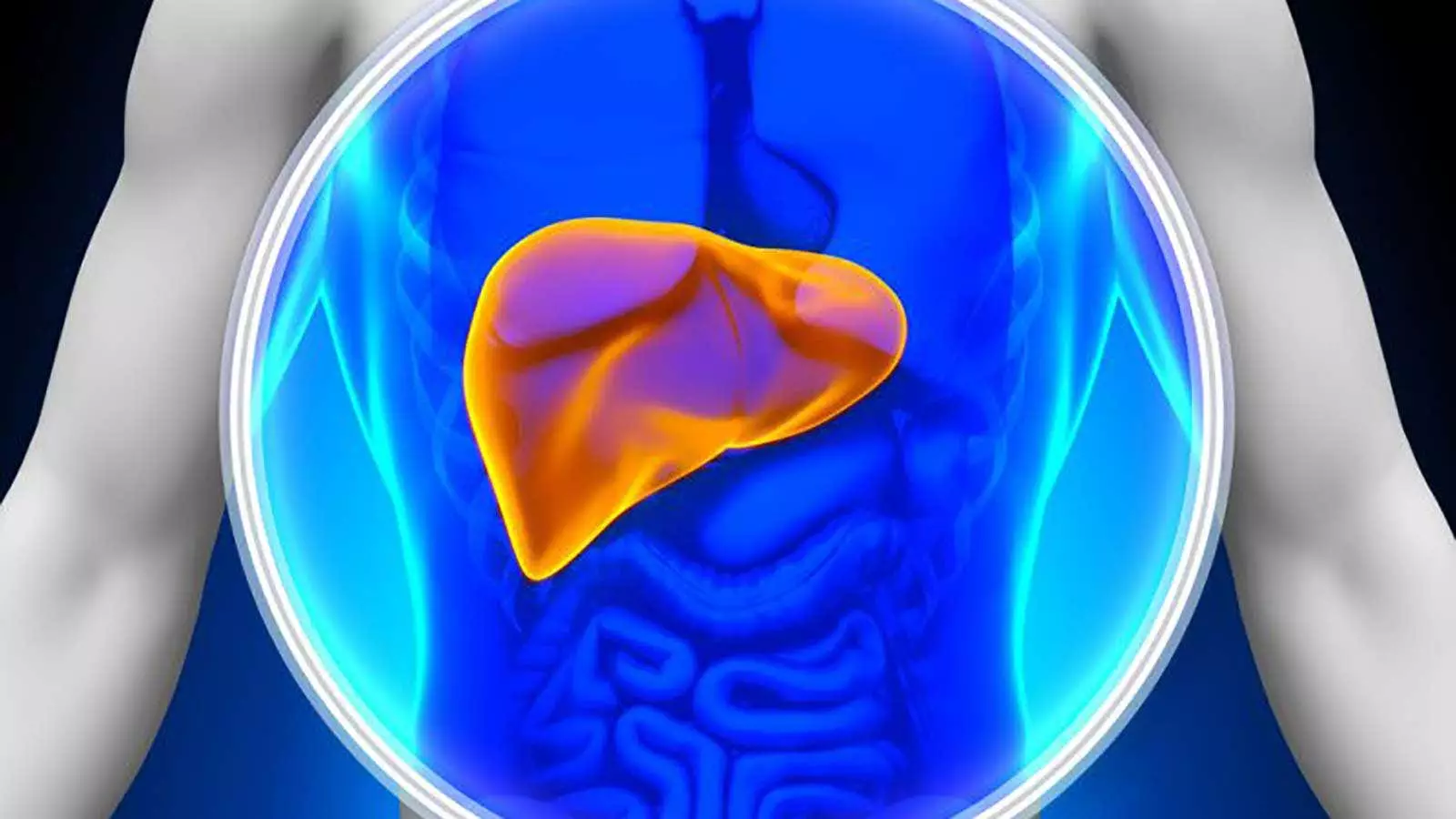Primary biliary cholangitis (PBC), a progressive autoimmune liver disease characterized by the destruction of the bile ducts, has historically presented a significant challenge for both patients and healthcare providers. The introduction of ursodeoxycholic acid (UDCA) in 1997 marked a significant progress in managing this condition. While it was a game changer, it also highlighted the complexities of PBC treatment, revealing limitations that necessitated further exploration into alternative therapies.
When UDCA was approved, it was primarily celebrated for its ability to lower the risk of liver transplants and mortality in PBC patients. However, it quickly became clear that not everyone would experience the same benefits. As noted by specialists like Dr. David N. Assis from Yale, approximately 40% of patients do not achieve sufficient therapeutic results with UDCA alone. These patients, while better off than they would be without the drug, still face progression of their disease, necessitating the search for adjunctive therapies.
Compounding the issue, a small subset of patients, roughly 5%, cannot tolerate UDCA due to side effects ranging from gastrointestinal disturbances to allergic reactions, as highlighted by Dr. Brett E. Fortune. This is particularly concerning given that PBC patients often face an uphill battle with their health; the discomfort associated with these side effects can discourage adherence to prescribed treatments.
In response to the unmet needs of patients, physicians and researchers have turned to off-label therapies. Fibrate medications, known for their lipid-lowering effects, have garnered attention for potential use in conjunction with UDCA. Research has indicated that approximately one-third of patients who exhibit inadequate responses to UDCA may benefit from the addition of bezafibrate, despite its unavailability in the U.S. Fenofibrate presents itself as a viable alternative, lending crucial flexibility to treatment options.
The case for fibrates showcases the necessity of personalized medicine in treating PBC, emphasizing that different patients may require distinct therapeutic strategies. This flexibility is vital in a condition where the efficacy of treatments varies dramatically among individuals.
The landscape of PBC treatment further evolved with the 2016 accelerated approval of obeticholic acid (Ocaliva), a farnesoid X receptor agonist. While this drug offered a promising alternative as a second-line treatment—footing either alongside UDCA for non-responders or as a stand-alone therapy for those intolerant of UDCA—its introduction was not without complications. Reports of increased pruritus in correlation with higher dosages raised flags among the medical community. Dr. Ehud Zigmond’s acknowledgment of potential adverse reactions, particularly for patients with advanced liver disease, echoes a critical point: newer therapies often carry risks that must be deftly managed.
Despite these cautionary tales, obeticholic acid demonstrated some efficacy in enhancing liver fibrosis outcomes, bringing hope to those grappling with advanced stages of the disease. The distinction between its mechanism and that of UDCA and fibrates could provide a broader therapeutic palette for tackling PBC.
The introduction of new PPAR agonists, seladelpar and elafibranor, represents yet another leap forward in the ongoing battle against PBC. Seladelpar has shown not only improvements in liver function but has also addressed pruritus, a symptomatic burden for many patients. However, the real-world performance of these treatments—and how they stack up against existing options—remains uncertain and requires rigorous monitoring.
With initial studies suggesting that combinations of UDCA, obeticholic acid, and fibrates might yield improved outcomes, the potential for triple therapy represents a burgeoning field of interest. Yet, the clinical community is left to navigate the intricacies of side effects—some rare and severe, as seen with obeticholic acid—and find answers through continual observation and research.
The Future of PBC Treatment
With ongoing clinical trials and emerging data regarding safety and efficacy, the future of PBC treatments appears cautiously optimistic. Current studies indicate that despite the challenges, newer therapies like elafibranor may show significant promise, even in advanced cases. Interim results suggesting improvements in hepatic markers without serious adverse events are particularly encouraging.
As the medical community continues to refine treatment paradigms, the emphasis on personalized medicine and thorough assessments of patient responses will be paramount. Understanding how these newer agents interact in clinical settings, particularly among diverse patient populations, will ultimately dictate their roles in PBC management and help in addressing the complex needs of individuals suffering from this chronic condition.

Leave a Reply